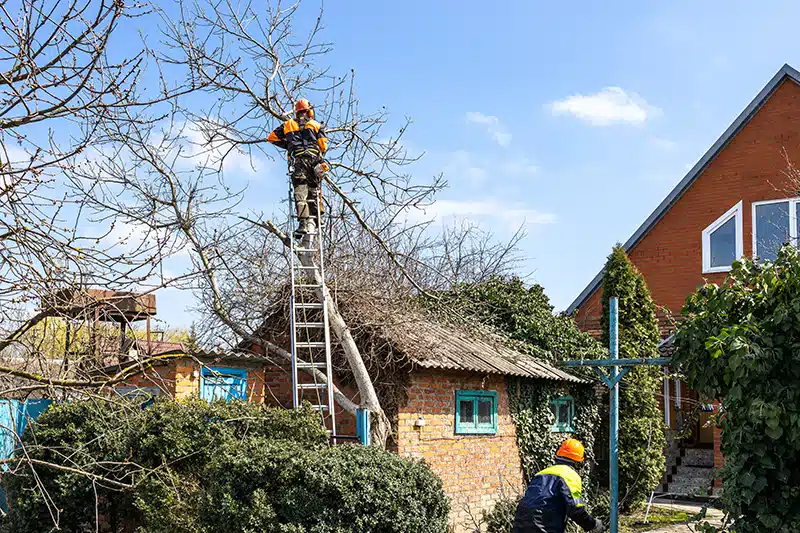Fruit-bearing trees are a valuable asset to any garden, orchard, or landscape, offering both beauty and bounty. However, simply planting and watering them isn’t enough to guarantee a healthy yield year after year.
One of the most important, yet often overlooked, aspects of tree care is pruning. Proper pruning enhances fruit production, promotes tree health, and ensures long-term structural strength.
Without regular maintenance, fruit trees can become overgrown, diseased, or unproductive. By understanding the role of pruning and applying the right techniques, you can significantly improve both the quality and quantity of fruit your trees produce.
Boosts Fruit Production and Quality
Pruning directs the tree’s energy toward producing better, more abundant fruit.
- Removes non-productive wood and dead branches that drain the tree’s resources.
- Encourages the growth of new, fruit-bearing wood by opening up space and light access.
- Helps balance the leaf-to-fruit ratio, which improves fruit size, sweetness, and color.
Without pruning, trees may produce smaller, less flavorful fruit or experience alternate bearing, where heavy production one year leads to poor yields the next. A well-pruned tree focuses its energy where it counts—on healthy, flavorful fruit.
Improves Airflow and Sunlight Penetration
Good airflow and adequate sunlight are essential for healthy fruit development and disease prevention.
- Pruning opens up the canopy, allowing sunlight to reach all parts of the tree, promoting even ripening.
- Enhances air circulation through the branches, reducing moisture buildup and fungal infections.
- Prevents overcrowding of limbs, which can cause branches to rub and create entry points for pests and pathogens.
A well-ventilated tree is far less likely to suffer from common fruit tree diseases like powdery mildew or apple scab. Pruning ensures that light and air reach every part of the tree for healthier growth.
Shapes the Tree for Structural Strength
Maintaining a balanced shape helps your tree grow strong and bear fruit safely.
- Eliminates weak or competing limbs that could break under the weight of fruit.
- Promotes a central leader and evenly spaced lateral branches, especially in young trees.
- Prevents overextension of limbs, which can crack or split under pressure.
Structurally sound trees are not only safer in storms and high winds but also easier to manage for harvesting and care. Pruning early in a tree’s life establishes a strong framework that supports growth for decades.
Supports Long-Term Tree Health
Pruning is essential to manage pests, diseases, and aging branches.
- Removes dead or diseased wood before it spreads to healthy parts of the tree.
- Allows easier access for spraying, inspection, and harvesting, reducing labor and cost.
- Rejuvenates older trees by stimulating new growth and restoring productivity.
Neglected trees often become breeding grounds for insects and disease, while their declining health reduces fruit output. Regular pruning helps prevent these issues and keeps your tree vigorous and productive over time.
Tree pruning is not just about shaping or aesthetics—it’s a vital horticultural practice that directly impacts the health and fruitfulness of your trees. From boosting fruit quality to preventing disease and improving structure, consistent and informed pruning lays the foundation for long-term success in your orchard or backyard.
Whether you’re caring for a single apple tree or an entire grove of citrus, taking the time to prune properly each season will reward you with healthier trees and more abundant harvests year after year.

